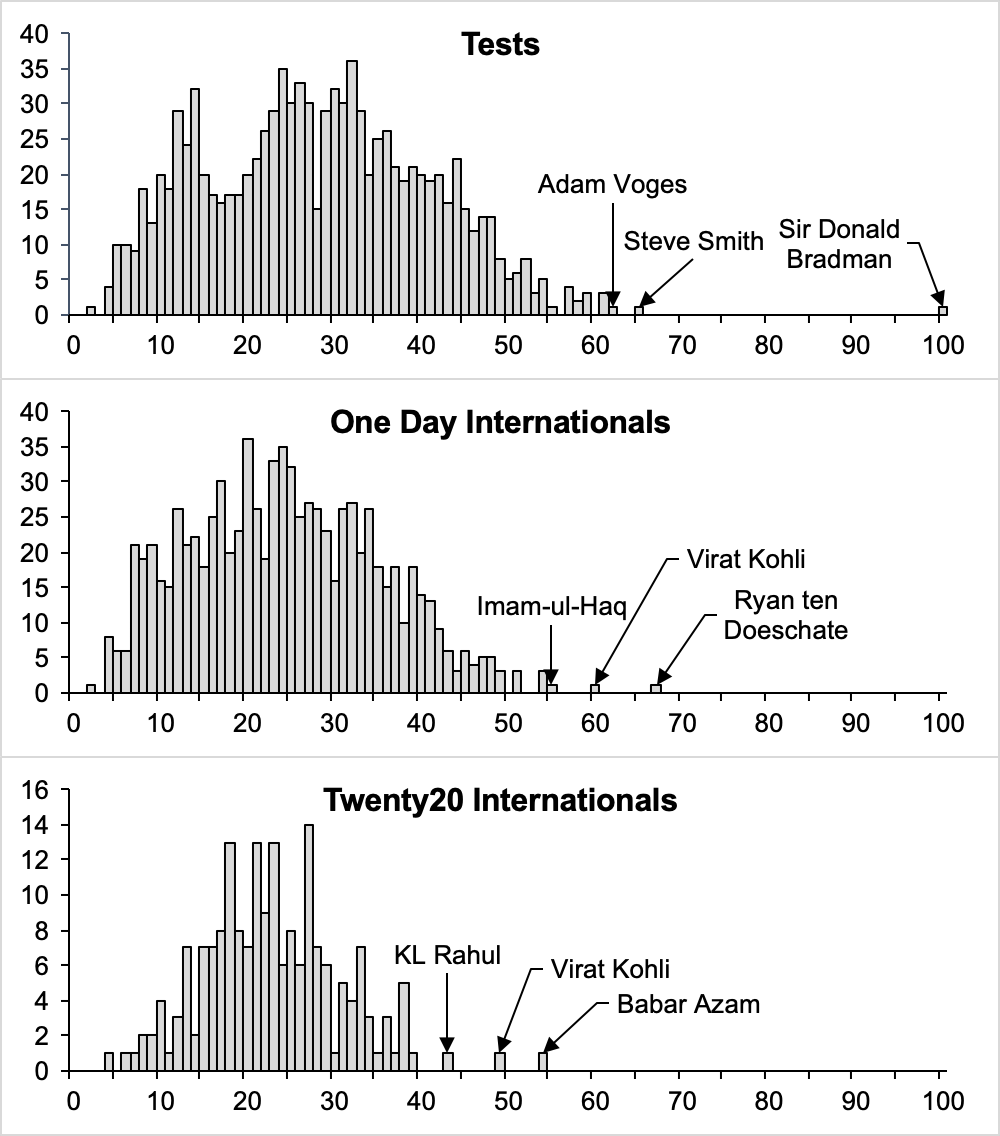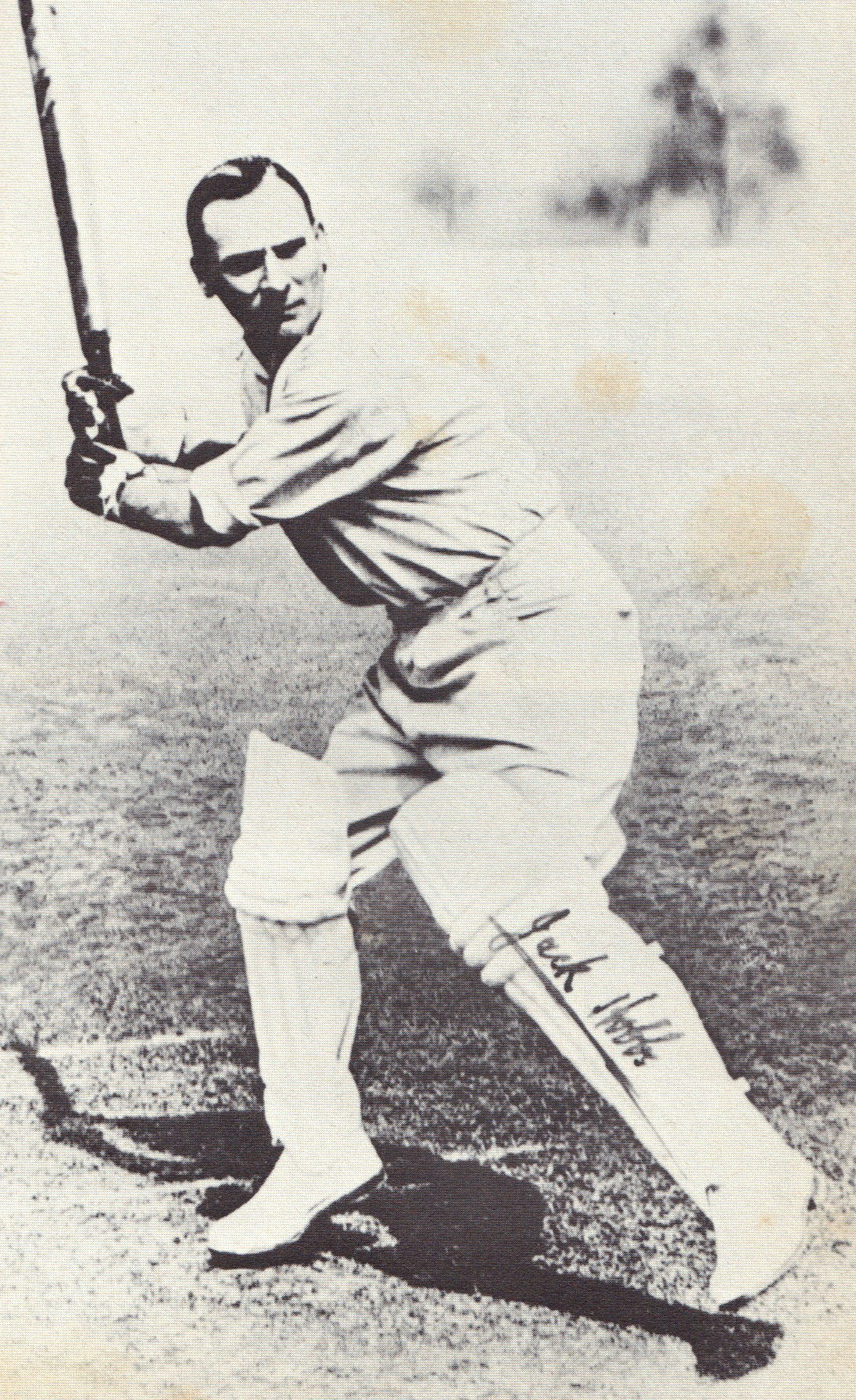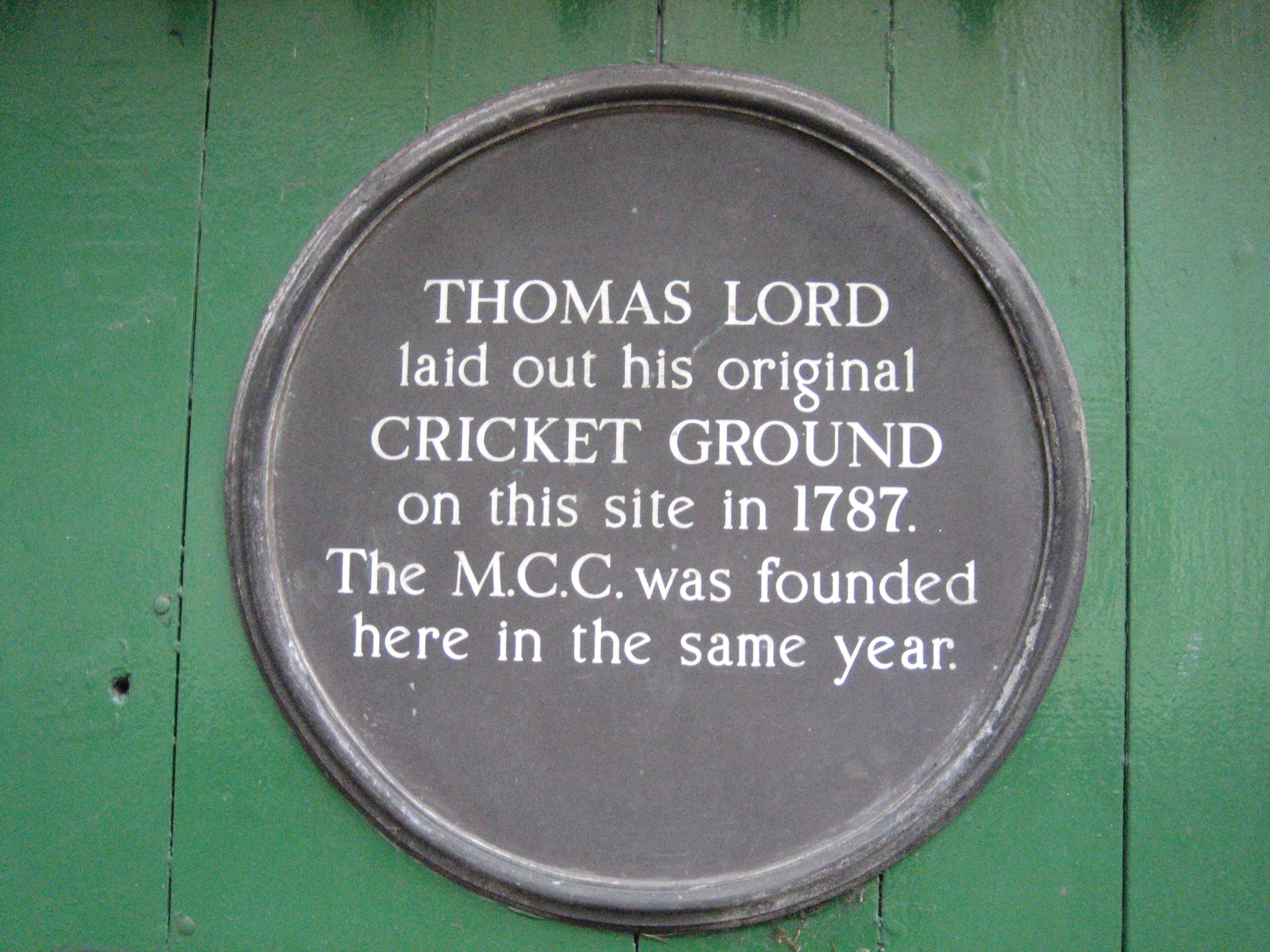|
Lothian Bonham-Carter
Lothian George Bonham-Carter J.P. (29 September 1858 – 1 January 1927) was an English cricketer. Bonham-Carter was a right-handed batsman who bowled slow roundarm bowler, but with which arm is unknown, but he was one of the last cricketers to use this bowling style. He was born in Adhurst St Mary, just north of Petersfield in Hampshire. Early life and cricket career The son of John Bonham-Carter, a Member of Parliament for Winchester, and Laura Maria Nicholson, granddaughter of abolitionist William Smith, Bonham-Carter was educated at Clifton College, where he represented the college cricket team. In 1876, he enlisted in the Royal Engineers (2nd Gloucestershire Engineer Volunteer Corps), holding the rank of Sub-Lieutenant. By 1878 he was serving in the Rifle Volunteer Corps (1st Berkshire) and held the rank of 2nd Lieutenant, in that same year he was promoted to lieutenant. By 1880, he had seemingly been demoted back to 2nd lieutenant and resigned his commission o ... [...More Info...] [...Related Items...] OR: [Wikipedia] [Google] [Baidu] |
Adhurst St Mary
Adhurst (also known as Adhurst St Mary) is a hamlet in Hampshire, United Kingdom. The settlement is within the civil parish of Steep, and is located approximately north-east of Petersfield. Lothian Bonham-Carter of the Bonham Carter family The Bonham-Carter family is a British family that has included several prominent people active in various spheres in the United Kingdom. Antecedents The Bonham-Carter family are the descendants of John Bonham-Carter (1788–1838), who was the firs ... was born in the hamlet in 1858. Villages in Hampshire {{Hampshire-geo-stub ... [...More Info...] [...Related Items...] OR: [Wikipedia] [Google] [Baidu] |
William Smith (abolitionist)
William Smith (22 September 1756 – 31 May 1835) was a leading independent British politician, sitting as Member of Parliament (MP) for more than one constituency. He was an English Dissenter and was instrumental in bringing political rights to that religious minority. He was a friend and close associate of William Wilberforce and a member of the Clapham Sect of social reformers, and was in the forefront of many of their campaigns for social justice, prison reform and philanthropic endeavour, most notably the abolition of slavery. He was the grandfather of pioneer nurse and statistician Florence Nightingale and educationalist Barbara Bodichon, a founder of Girton College, Cambridge. Early life William Smith was born on 22 September 1756 at Clapham (then a village to the south of London), the only son of Samuel Smith by Martha, daughter of William Adams of London. Brought up by parents who worshipped at an Independent chapel, he was educated at the dissenting academy ... [...More Info...] [...Related Items...] OR: [Wikipedia] [Google] [Baidu] |
Batting Average (cricket)
In cricket, a player's batting average is the total number of runs they have scored divided by the number of times they have been out, usually given to two decimal places. Since the number of runs a player scores and how often they get out are primarily measures of their own playing ability, and largely independent of their teammates, batting average is a good metric for an individual player's skill as a batter (although the practice of drawing comparisons between players on this basis is not without criticism). The number is also simple to interpret intuitively. If all the batter's innings were completed (i.e. they were out every innings), this is the average number of runs they score per innings. If they did not complete all their innings (i.e. some innings they finished not out), this number is an estimate of the unknown average number of runs they score per innings. Each player normally has several batting averages, with a different figure calculated for each type of match ... [...More Info...] [...Related Items...] OR: [Wikipedia] [Google] [Baidu] |
1895 County Championship
The 1895 County Championship was the sixth officially organised running of the County Championship, and ran from 6 May to 2 September 1895. Surrey claimed their fifth title, which was decided by the percentage of completed matches by each side. The competition saw the first participation in the competition by Derbyshire, Essex, Hampshire, Leicestershire and Warwickshire. Table * One point was awarded for a win, and one point was taken away for each loss. Final placings were decided by dividing the number of points earned by the number of completed matches (i.e. those that ended in win or loss). Leading averages References External links1895 County Championship at CricketArchive {{English cricket seasons 1895 in English cricket County Championship seasons County A county is a geographic region of a country used for administrative or other purposesChambers Dictionary, L. Brookes (ed.), 2005, Chambers Harrap Publishers Ltd, Edinburgh in certain modern nations. The t ... [...More Info...] [...Related Items...] OR: [Wikipedia] [Google] [Baidu] |
1885 English Cricket Season
1885 was the 99th season of cricket in England since the foundation of Marylebone Cricket Club (MCC). It was the third in succession in which Nottinghamshire was proclaimed the champion county. Champion County * Nottinghamshire Playing record (by county) Leading batsmen (qualification 20 innings) Leading bowlers (qualification 1,000 balls) Notable events * 1 June – Kent captain Lord Harris writes a letter to Lancashire concerning the "unfair" bowling of Nash and Crossland and decides not to play Lancashire unless they refrain from employing those two bowlers – the refusal is maintained even when the pair drop out. * On 17 July, Johnny Briggs and Dick Pilling playing for Lancashire against Surrey set a record stand for the tenth wicket of 173, which stands until 1899.Webber, Roy; ''The Playfair Book of Cricket Records''; p. 127. Published 1951 by Playfair Books. Notes References Annual reviews * ''James Lillywhite’s Cricketers’ Annual'' (Red Lilly), Lillyw ... [...More Info...] [...Related Items...] OR: [Wikipedia] [Google] [Baidu] |
Surrey County Cricket Club
Surrey County Cricket Club (Surrey CCC) is a first-class club in county cricket, one of eighteen in the domestic cricket structure of England and Wales. It represents the historic county of Surrey, including areas that now form South London. Teams representing the county are recorded from 1709 onwards; the current club was founded in 1845 and has held first-class status continuously since then. Surrey have played in every top-level domestic cricket competition in England, including every edition of the County Championship (which began in 1890). The club's home ground is The Oval, in the Kennington area of Lambeth in South London. They have been based there continuously since 1845. The club also has an 'out ground' at Woodbridge Road, Guildford, where some home games are played each season. Surrey's long history includes three major periods of great success. The club was unofficially proclaimed as "Champion County" seven times during the 1850s; it won the title eight times ... [...More Info...] [...Related Items...] OR: [Wikipedia] [Google] [Baidu] |
Marylebone Cricket Club
Marylebone Cricket Club (MCC) is a cricket club founded in 1787 and based since 1814 at Lord's Cricket Ground, which it owns, in St John's Wood, London. The club was formerly the governing body of cricket retaining considerable global influence. In 1788, the MCC took responsibility for the laws of cricket, issuing a revised version that year. Changes to these Laws are now determined by the International Cricket Council (ICC), but the copyright is still owned by MCC. When the ICC was established in 1909, it was administered by the secretary of the MCC, and the president of MCC automatically assumed the chairmanship of ICC until 1989. For much of the 20th century, commencing with the 1903–04 tour of Australia and ending with the 1976–77 tour of India, MCC organised international tours on behalf of the England cricket team for playing Test matches. On these tours, the England team played under the auspices of MCC in non-international matches. In 1993, its administrative an ... [...More Info...] [...Related Items...] OR: [Wikipedia] [Google] [Baidu] |
First-class Cricket
First-class cricket, along with List A cricket and Twenty20 cricket, is one of the highest-standard forms of cricket. A first-class match is one of three or more days' scheduled duration between two sides of eleven players each and is officially adjudged to be worthy of the status by virtue of the standard of the competing teams. Matches must allow for the teams to play two innings each, although in practice a team might play only one innings or none at all. The etymology of "first-class cricket" is unknown, but it was used loosely before it acquired official status in 1895, following a meeting of leading English clubs. At a meeting of the Imperial Cricket Conference (ICC) in 1947, it was formally defined on a global basis. A significant omission of the ICC ruling was any attempt to define first-class cricket retrospectively. That has left historians, and especially statisticians, with the problem of how to categorise earlier matches, especially those played in Great Britain be ... [...More Info...] [...Related Items...] OR: [Wikipedia] [Google] [Baidu] |
Justice Of The Peace
A justice of the peace (JP) is a judicial officer of a lower or ''puisne'' court, elected or appointed by means of a commission ( letters patent) to keep the peace. In past centuries the term commissioner of the peace was often used with the same meaning. Depending on the jurisdiction, such justices dispense summary justice or merely deal with local administrative applications in common law jurisdictions. Justices of the peace are appointed or elected from the citizens of the jurisdiction in which they serve, and are (or were) usually not required to have any formal legal education in order to qualify for the office. Some jurisdictions have varying forms of training for JPs. History In 1195, Richard I ("the Lionheart") of England and his Minister Hubert Walter commissioned certain knights to preserve the peace in unruly areas. They were responsible to the King in ensuring that the law was upheld and preserving the " King's peace". Therefore, they were known as "keepers of th ... [...More Info...] [...Related Items...] OR: [Wikipedia] [Google] [Baidu] |
Lieutenant
A lieutenant ( , ; abbreviated Lt., Lt, LT, Lieut and similar) is a commissioned officer rank in the armed forces of many nations. The meaning of lieutenant differs in different militaries (see comparative military ranks), but it is often subdivided into senior (first lieutenant) and junior (second lieutenant and even third lieutenant) ranks. In navies, it is often equivalent to the army rank of captain; it may also indicate a particular post rather than a rank. The rank is also used in fire services, emergency medical services, security services and police forces. Lieutenant may also appear as part of a title used in various other organisations with a codified command structure. It often designates someone who is " second-in-command", and as such, may precede the name of the rank directly above it. For example, a "lieutenant master" is likely to be second-in-command to the "master" in an organisation using both ranks. Political uses include lieutenant governor in various g ... [...More Info...] [...Related Items...] OR: [Wikipedia] [Google] [Baidu] |
2nd Lieutenant
Second lieutenant is a junior commissioned officer military rank in many armed forces, comparable to NATO OF-1 rank. Australia The rank of second lieutenant existed in the military forces of the Australian colonies and Australian Army until 1986. In the colonial forces, which closely followed the practices of the British military, the rank of second lieutenant began to replace ranks such as ensign and cornet from 1871. New appointments to the rank of second lieutenant ceased in the regular army in 1986. Immediately prior to this change, the rank had been effectively reserved for new graduates from the Officer Cadet School, Portsea which closed in 1985. (Graduates of the Australian Defence Force Academy (ADFA) and the Royal Military College, Duntroon (RMC-D) are commissioned as lieutenants.). The rank of second lieutenant is only appointed to officers in special appointments such as training institutions, university regiments and while under probation during training. Traine ... [...More Info...] [...Related Items...] OR: [Wikipedia] [Google] [Baidu] |
Rifle Volunteer Corps
The Volunteer Force was a citizen army of part-time rifle, artillery and engineer corps, created as a popular movement throughout the British Empire in 1859. Originally highly autonomous, the units of volunteers became increasingly integrated with the British Army after the Childers Reforms in 1881, before forming part of the Territorial Force in 1908. Most of the regiments of the present Territorial Army Infantry, Artillery, Engineers and Signals units are directly descended from Volunteer Force units. The British Army following the Crimea Prior to the Crimean War, the British military (i.e., ''land forces'') was made up of multiple separate forces, with a basic division into the ''Regular Forces'' (including the British Army, composed primarily of cavalry and infantry, and the ''Ordnance Military Corps'' of the Board of Ordnance, made up of the Royal Artillery, Royal Engineers, and the Royal Sappers and Miners though not including the originally civilian Commissa ... [...More Info...] [...Related Items...] OR: [Wikipedia] [Google] [Baidu] |





